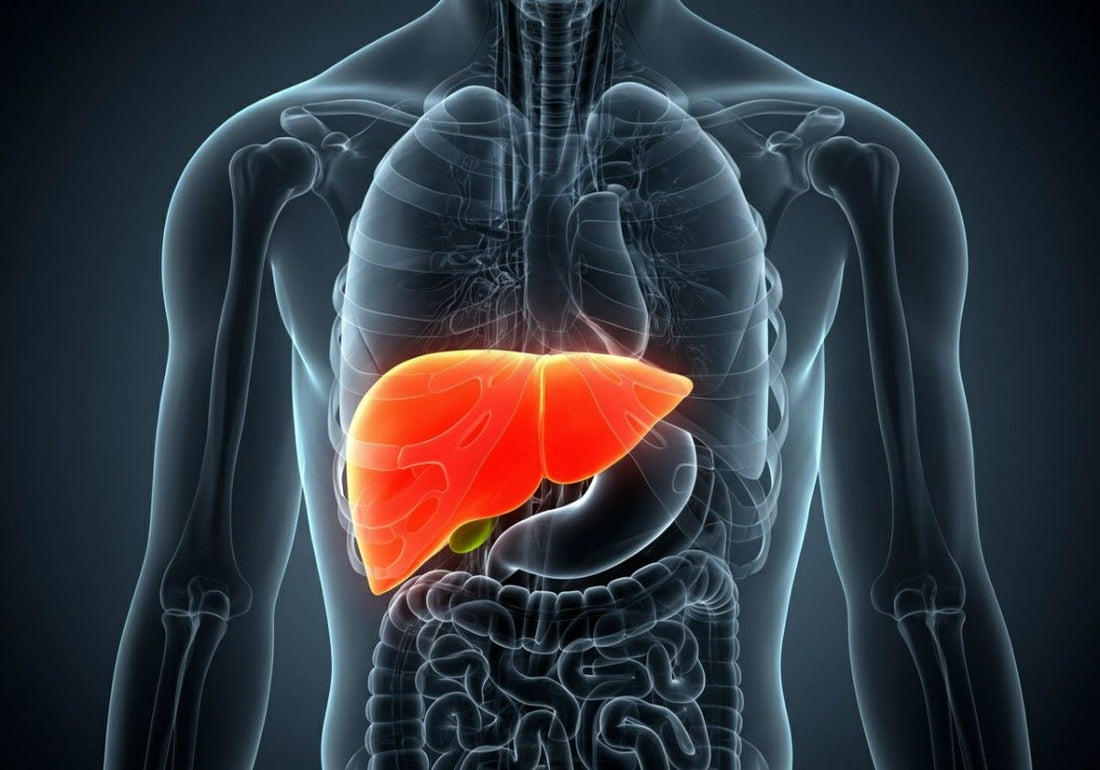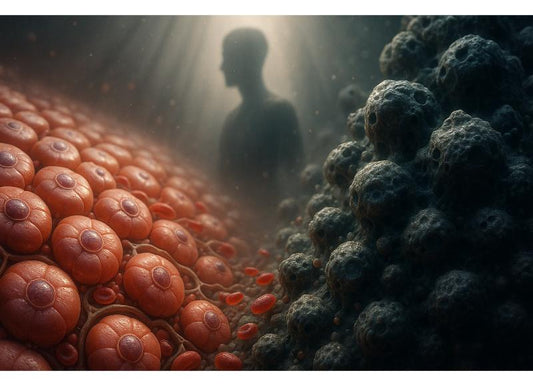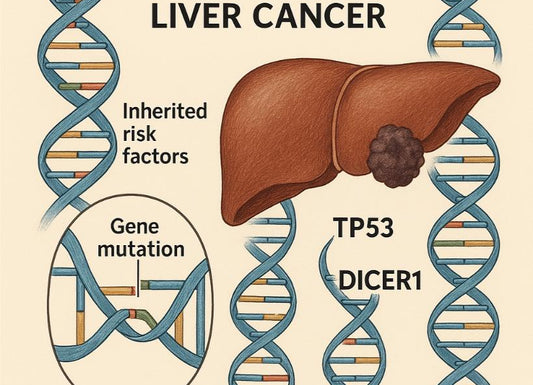End-Stage Liver Disease: What Are the Final Symptoms to Watch For?
 Written By
Blen Shumiye, MD
Written By
Blen Shumiye, MD

End-stage liver disease, also known as decompensated cirrhosis, occurs when the liver is no longer able to carry out its essential functions due to severe, chronic damage. This stage is often associated with significant medical complications and changes in physical and mental health.
If you or someone you care for is living with liver disease, understanding the symptoms of its final stage can support informed decisions and appropriate care planning. This article outlines the common signs of end-stage liver disease, how they may progress, and when to consider supportive or palliative care.
What Is End-Stage Liver Disease, and How Does It Happen?
End-stage liver disease occurs when long-term liver damage leads to the permanent loss of liver function. The condition typically results from progressive issues such as:
-
Cirrhosis – Severe scarring caused by long-term inflammation
-
Chronic hepatitis B or C
-
Alcohol-related liver disease
-
Nonalcoholic steatohepatitis (NASH)
-
Inherited disorders such as hemochromatosis and Wilson disease
-
Autoimmune liver conditions
At this stage, the liver can no longer effectively filter toxins, produce essential proteins, or regulate fluid balance. Patients often develop complications known as decompensation, which may include fluid buildup, internal bleeding, confusion, and infections.
What Are Common Signs to Watch for in the Final Stages?

The symptoms of end-stage liver disease may progress gradually or worsen suddenly. These are the most common signs that the liver is nearing total failure:
Jaundice (Yellowing of Skin and Eyes)
Caused by a buildup of bilirubin—a substance the liver normally breaks down—jaundice leads to yellowing of the skin and eyes. It may also result in dark urine and pale stools.
Abdominal Swelling (Ascites)
Ascites is a hallmark complication of cirrhosis and liver failure. Fluid leaks from the liver and intestines into the abdominal cavity, causing bloating and pressure. In advanced stages, ascites may require frequent draining (paracentesis) and can lead to shortness of breath if fluid presses against the lungs. It may become harder to manage, even with diuretics, and can become infected—known as spontaneous bacterial peritonitis (SBP)—requiring urgent care.
Cognitive Changes (Hepatic Encephalopathy)
When the liver fails to filter toxins like ammonia, they can affect brain function. Symptoms include:
-
Confusion and forgetfulness
-
Personality changes
-
Poor concentration
-
Sleep disturbances
-
Drowsiness or stupor
-
In advanced cases, coma
Gastrointestinal Bleeding
Impaired blood flow through the liver causes portal hypertension, leading to swollen veins (varices) in the esophagus or stomach that may rupture. Symptoms include:
-
Vomiting blood (hematemesis)
-
Black, tarry stools (melena)
-
Lightheadedness or fainting
Gastrointestinal bleeding is a medical emergency and often signals a critical decline.
Learn more about anemia and liver disease.
Kidney Failure (Hepatorenal Syndrome)
As the liver fails, the kidneys may follow. This serious complication often signals very advanced disease. Watch for:
-
Reduced urination
-
Swelling in the feet, ankles, or face
-
Nausea or vomiting
-
Mental confusion
This condition generally doesn’t respond to standard kidney treatments unless liver function is addressed.
Severe Itching (Pruritus)
Liver failure may lead to a buildup of bile acids and other substances in the skin, causing intense itching that disrupts sleep and increases anxiety. Scratching can lead to skin damage.
Learn more about liver disease and itching
Muscle Wasting and Weight Loss
Loss of muscle mass (cachexia) is common in liver failure. The body breaks down muscle and fat when the liver can’t store or process nutrients. Patients may appear thin or frail, despite abdominal swelling from ascites.
Swelling in the Legs and Ankles (Edema)
Low albumin (a liver-made protein) and high pressure in blood vessels can cause fluid buildup in the lower limbs. Swelling may worsen as the day progresses and can interfere with mobility.
Cognitive and Emotional Changes
As toxin levels increase and the body weakens, patients may experience:
-
Disorientation to time or place
-
Hallucinations
-
Difficulty communicating
-
Minimal or no response to stimuli
These signs often indicate the final phase of life. Comfort-focused care becomes the priority.
Multi-Organ Failure
In the last phase of ESLD, liver failure may be accompanied by failure of other organs like the kidneys, lungs, or heart. Hospitalization and palliative or hospice care are often necessary.
How Quickly Do These Symptoms Appear?
The progression of symptoms varies based on the underlying cause, overall health, and the presence of complications. Some symptoms, like ascites or encephalopathy, may develop over weeks or months, while others worsen rapidly.
Typical progression patterns:
-
Early ESLD: Fatigue, mild jaundice, decreased appetite, mild confusion
-
Mid to late ESLD: Ascites, memory loss, disrupted sleep, frequent infections
-
Final weeks/days: Severe confusion, extreme weakness, poor intake, labored breathing, unconsciousness
However, the disease can be unpredictable. A patient may remain stable for months before a sudden decline. Care teams often use lab values such as liver function tests (bilirubin, creatinine, INR) and clinical symptoms to monitor progression.
When Should You Seek Palliative or Hospice Care?

Palliative care is beneficial—even when liver disease is advanced and transplant isn’t an option. It’s not just for end-of-life care. It focuses on relieving symptoms, supporting mental health, and improving quality of life.
Talk to your care team about palliative care if you:
-
Have a MELD score over 20 (used to assess liver transplant urgency)
-
Have severe or frequent ascites
-
Experience repeated hepatic encephalopathy (HE)
-
Were hospitalized more than once in the past year
-
Are becoming physically weaker or losing muscle mass
Starting palliative care early offers more choices, greater comfort, and a care plan tailored to your needs.
What Can Caregivers Do?
Caring for someone with ESLD is a major responsibility. You may find yourself:
-
Managing medications and meals
-
Monitoring for signs of infection or confusion
-
Providing emotional support and companionship
-
Coordinating with doctors and nurses
Many caregivers confuse palliative care with hospice or believe it means giving up. In reality, palliative care can begin early—alongside active treatment—even while awaiting transplant.
One study found most families had little understanding of palliative care. But once informed, every participant felt it could help them better manage the illness and cope emotionally.
When Should You Call for Emergency Help?
Seek emergency care or call 911 if you or a loved one experiences:
-
Vomiting blood
-
Difficulty breathing
-
Sudden confusion or unresponsiveness
-
Fever with abdominal pain
-
No urination for over 12 hours
These may indicate life-threatening complications.
The Takeaway
End-stage liver disease (ESLD) represents the most advanced phase of liver damage. Symptoms like jaundice, swelling, confusion, and fatigue often progress, leading to serious complications including kidney failure and infections.
Palliative care plays a critical role in managing ESLD. It can ease pain, provide emotional support, and help align treatment with your values. Importantly, it doesn’t mean stopping treatment—it can be used alongside it.
Caregivers are essential partners in care but shouldn’t carry the burden alone. Palliative care teams offer the support needed—both practical and emotional.
If you or someone you love is facing ESLD, talk to your healthcare provider about how palliative care can help—now, not just later.
Support Your Liver Health with Ribbon Checkup
Ribbon Checkup makes it easy to monitor key health markers right from home. Just dip, scan, and get fast, helpful insights.
Try Ribbon Checkup today—take a simple step toward prevention.
References
End-stage Liver Disease (ESLD) | UCSF Department of Surgery. (2017). Ucsf.edu. https://surgery.ucsf.edu/condition/end-stage-liver-disease-esld
Hepatitis C: What happens in end-stage liver disease? (n.d.). Mayo Clinic. https://www.mayoclinic.org/diseases-conditions/hepatitis-c/expert-answers/hepatitis-c/faq-20058533
How. (2017, March 16). Cirrhosis of the Liver: Signs & Symptoms, Causes, Stages. Cleveland Clinic. https://my.clevelandclinic.org/health/diseases/15572-cirrhosis-of-the-liver
Peng, J.-K., Nilay Hepgul, Higginson, I. J., & Gao, W. (2018). Symptom prevalence and quality of life of patients with end-stage liver disease: A systematic review and meta-analysis. Palliative Medicine, 33(1), 24–36. https://doi.org/10.1177/0269216318807051

Dr. Blen is a seasoned medical writer and General Practitioner with over five years of clinical experience. She blends deep medical expertise with a gift for clear, compassionate communication to create evidence-based content that informs and empowers. Her work spans clinical research, patient education, and health journalism, establishing her as a trusted voice in both professional and public health spheres.




